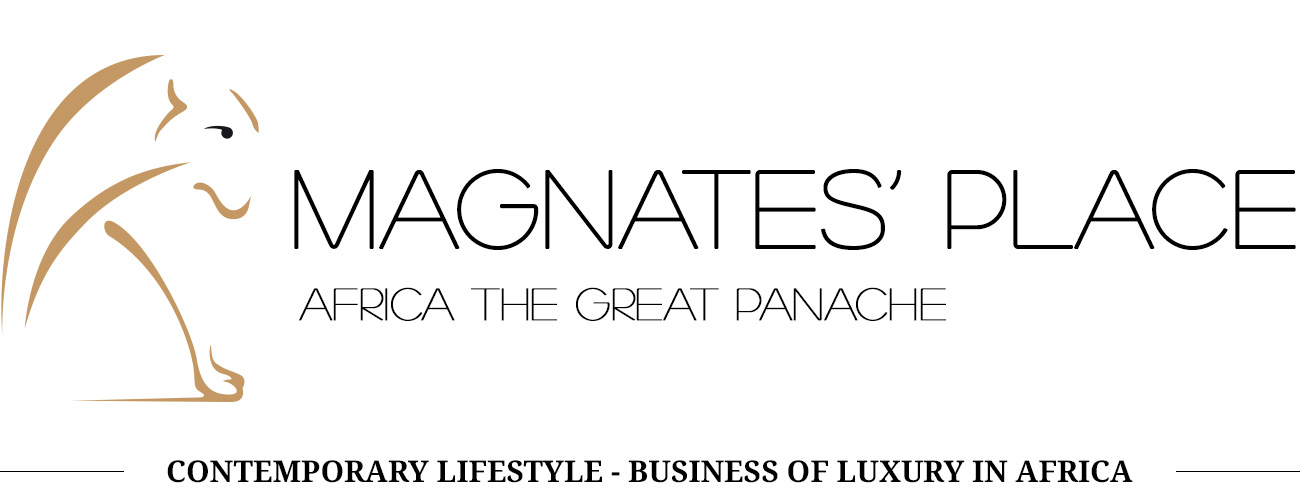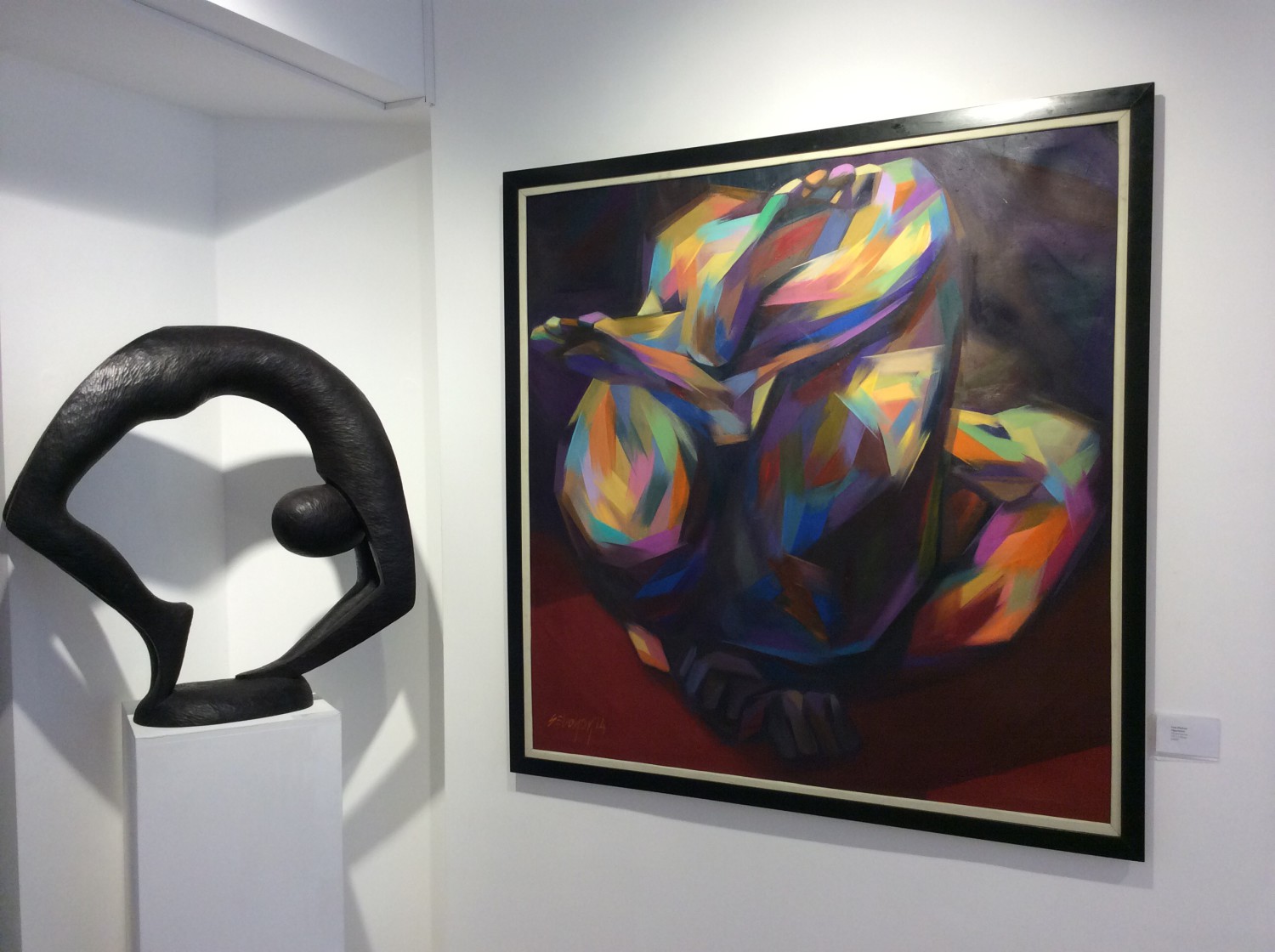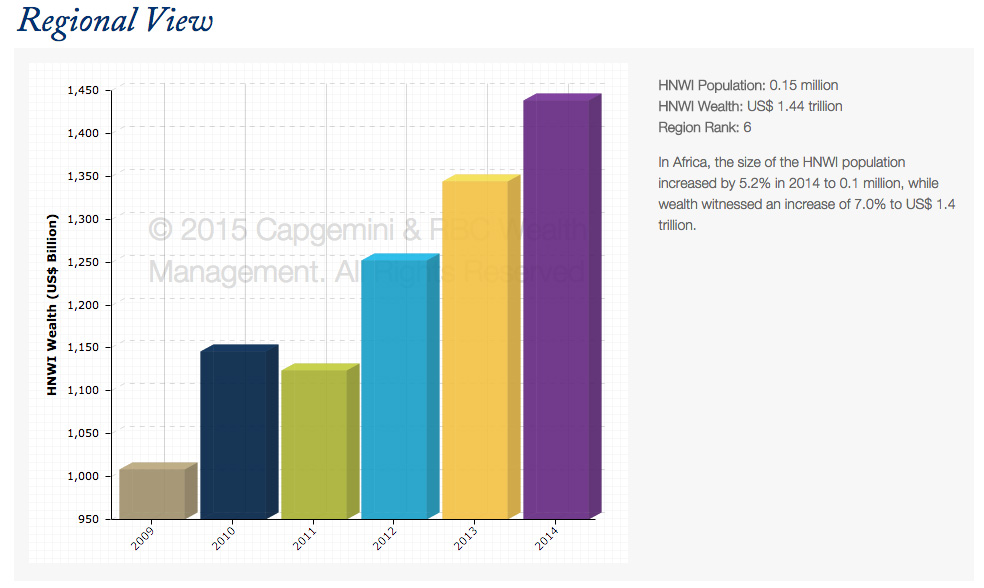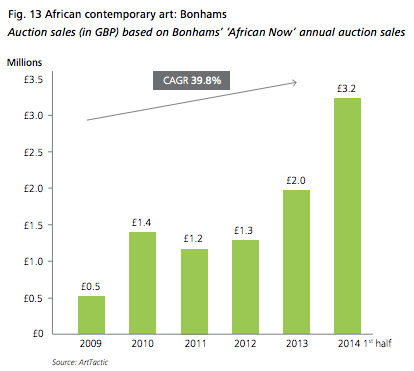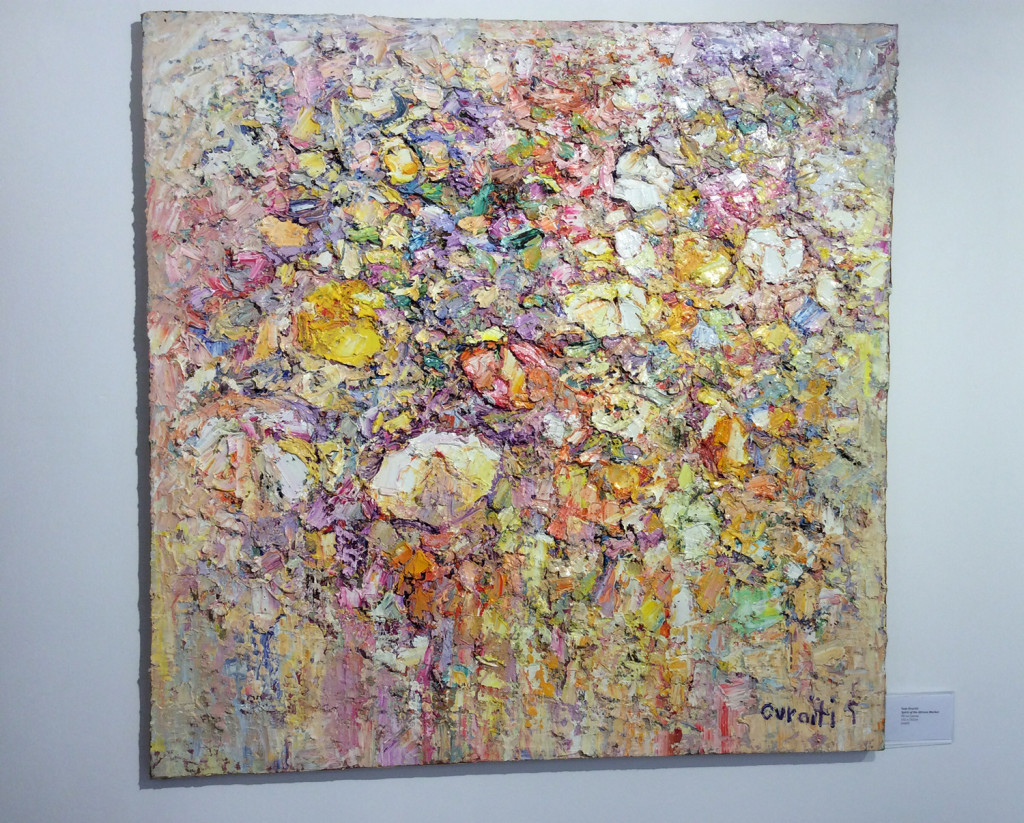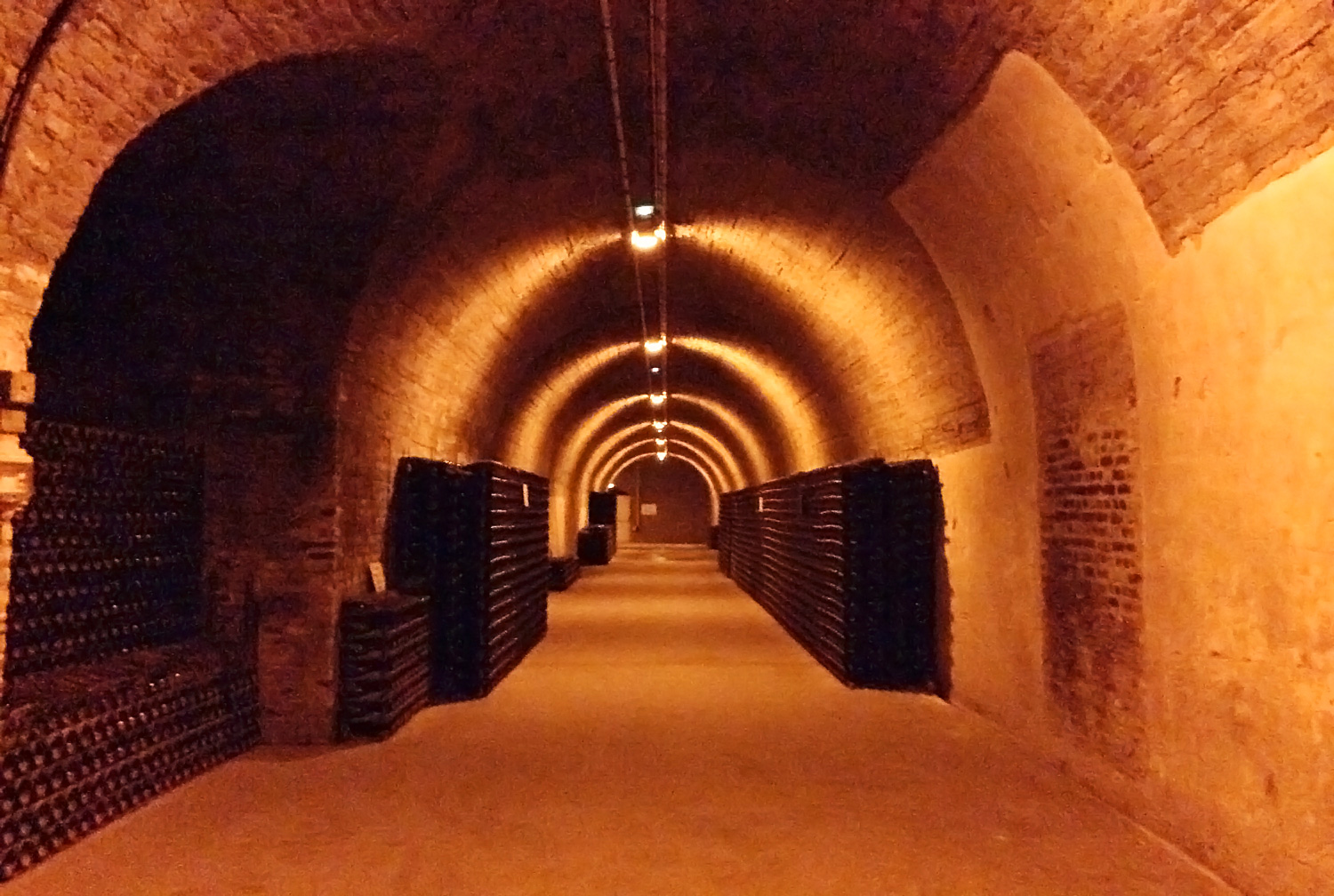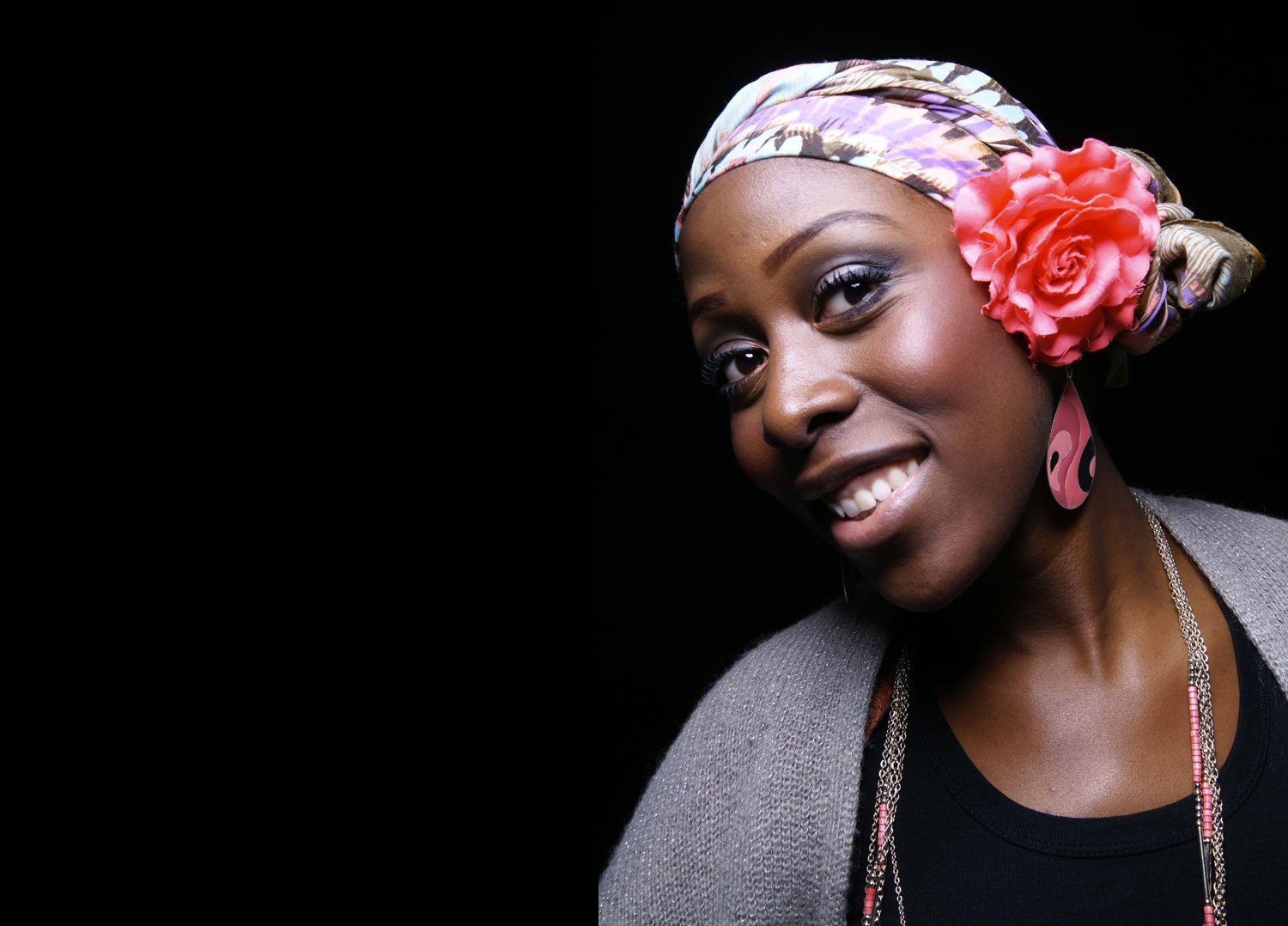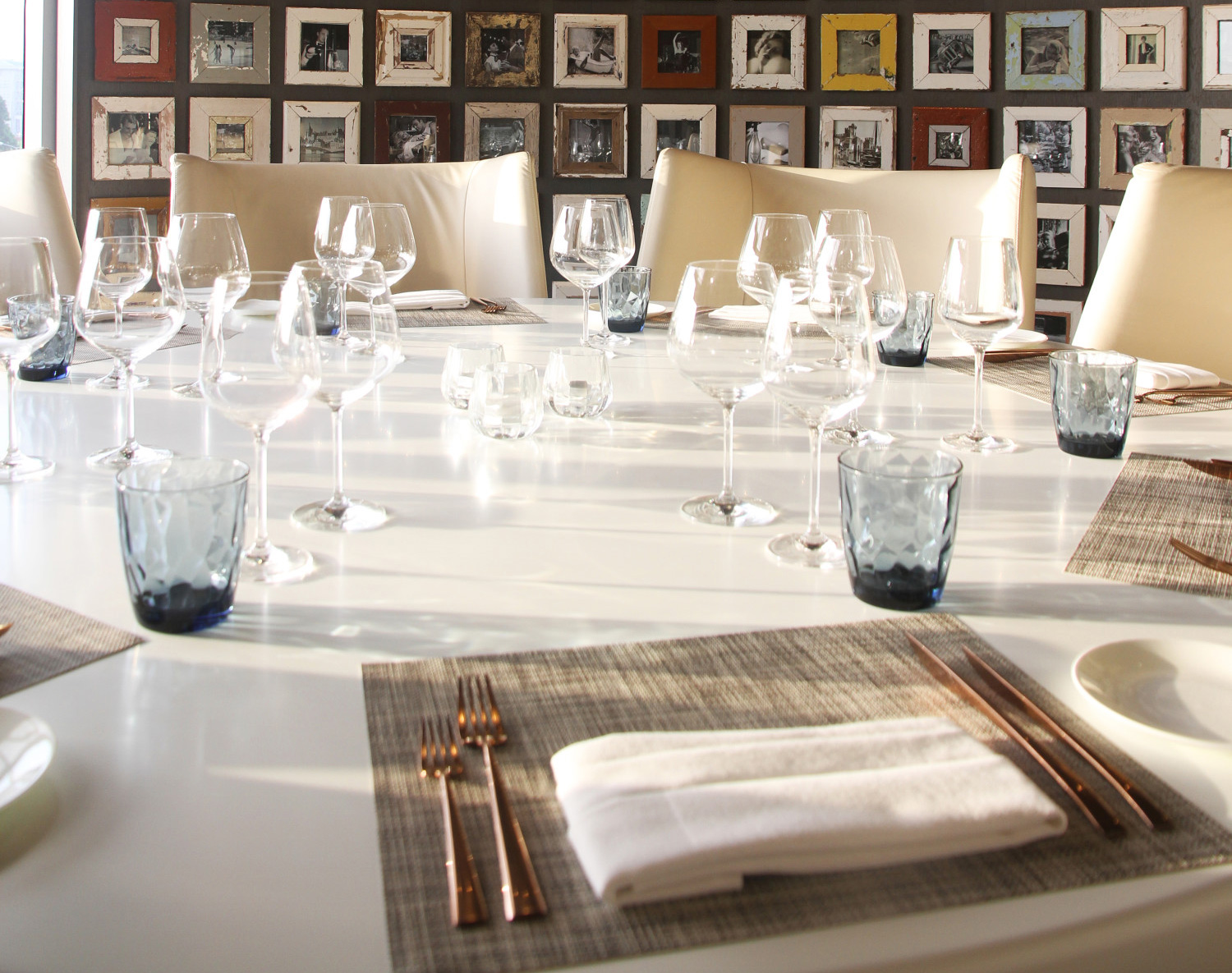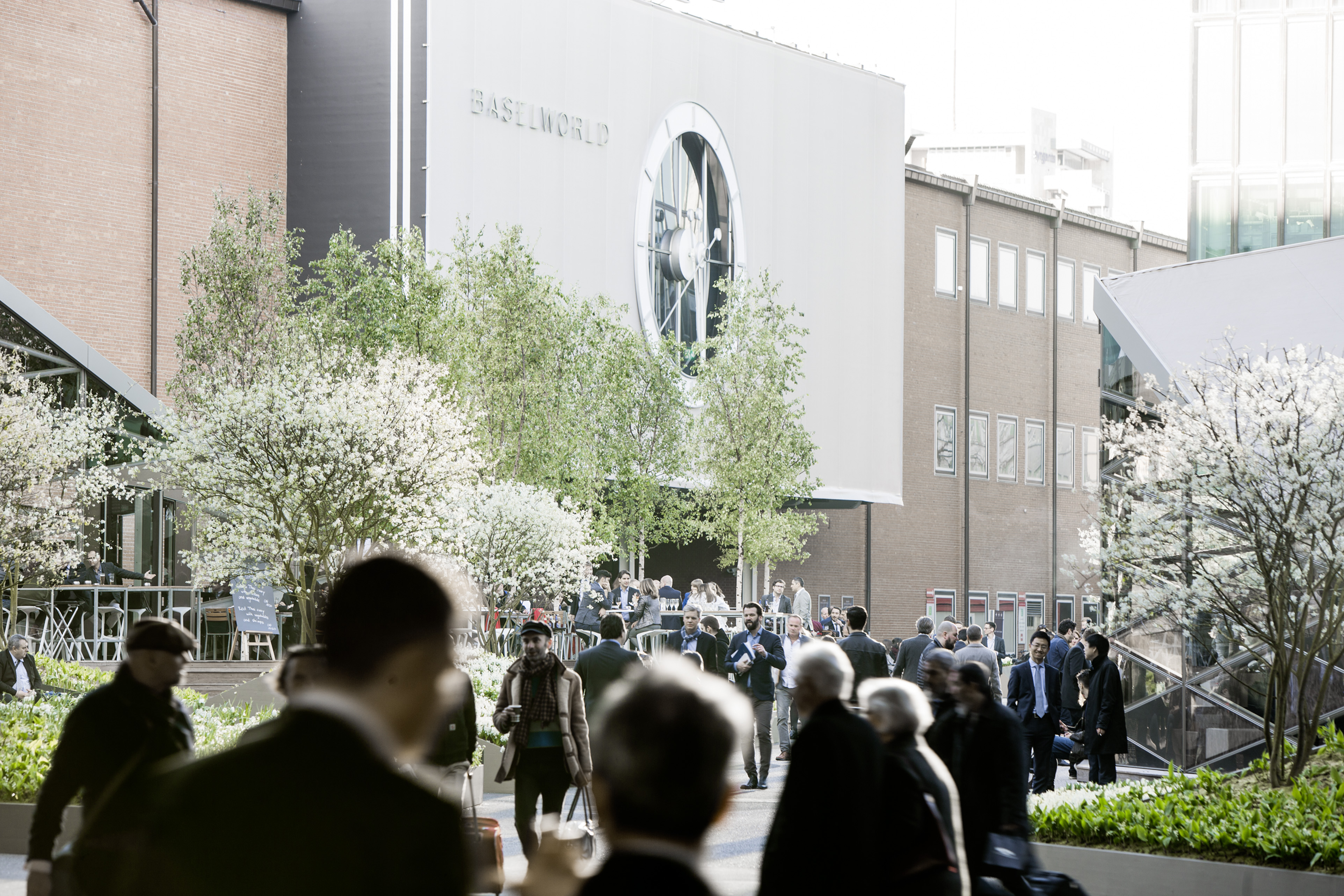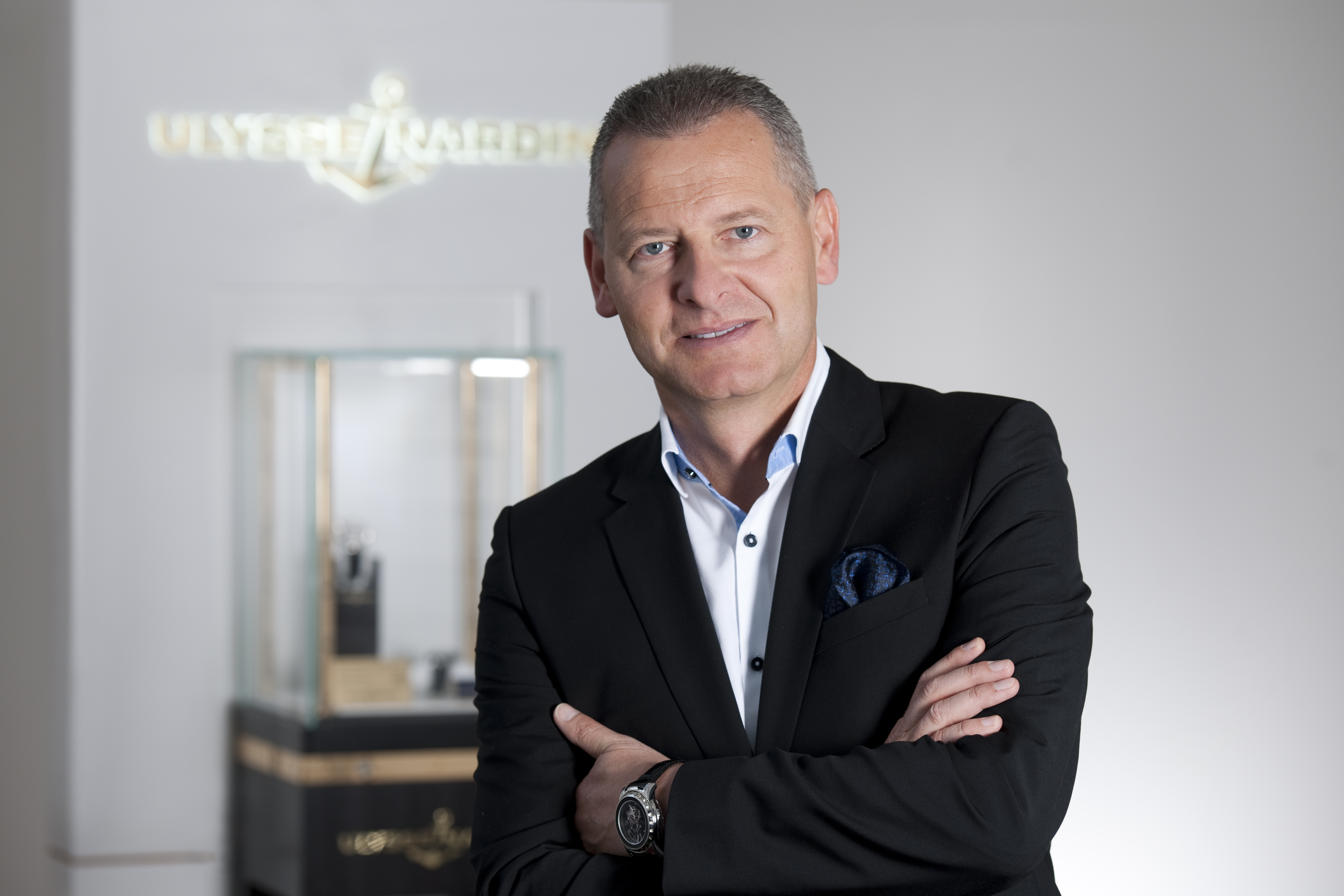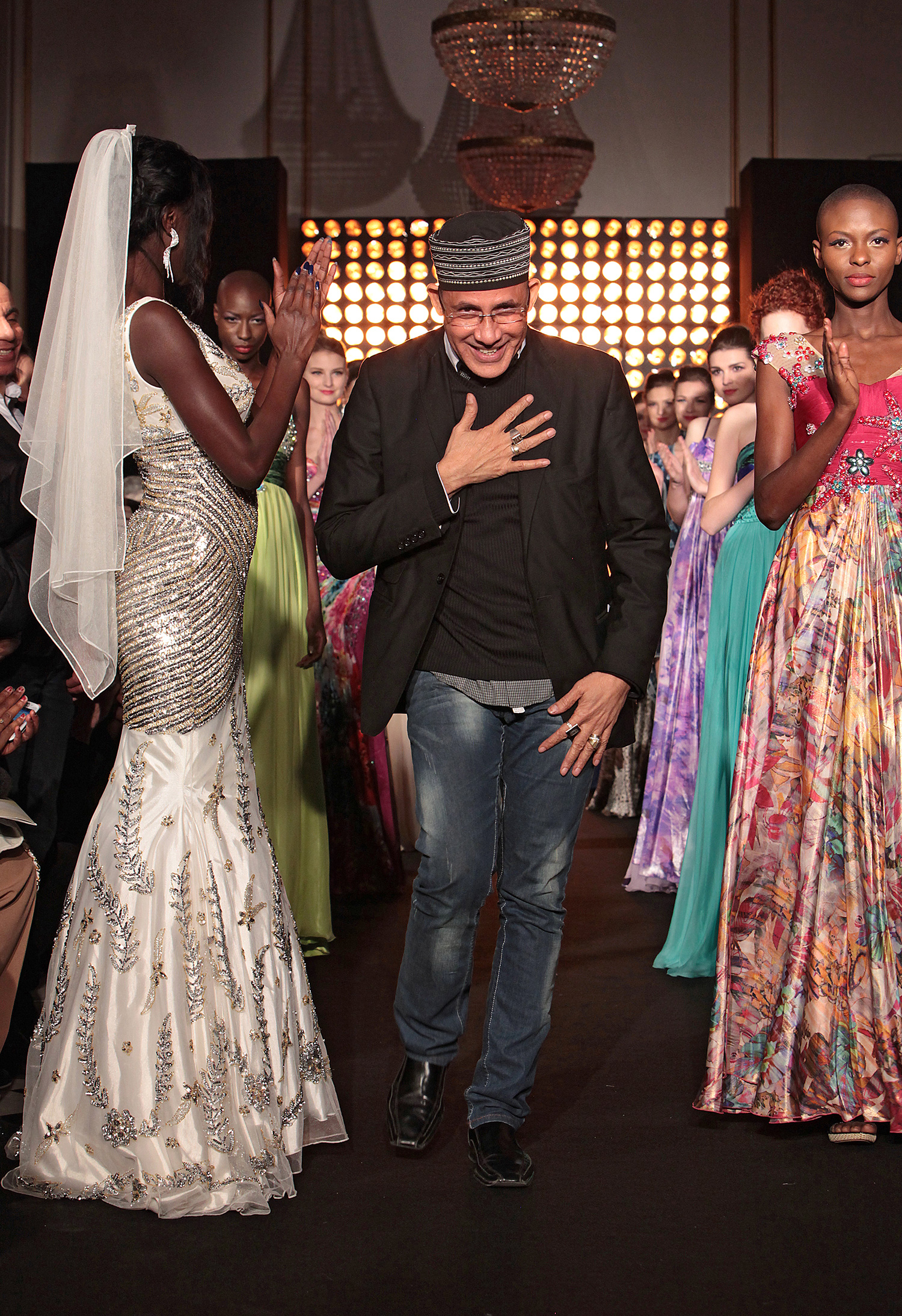A field recognized since the 2000s, the emergent art is rapidly developing in the Sub-Saharan African countries, in Brazil, in the Philippines and even in Iran. Currently, these countries are crucially important for the art market which is always in pursuit of freshness. Genuine international wakening curators and art dealers travel across these new emerging countries in order to advise the acquisition committees of the main international museums and auction houses during auctions. In what concerns artists, it is in their best interest to be displayed in London or New York: an essential step for those who want to play in the big league of the art market.
Overview of the rising Contemporary African Art.
Focus on Africa
Africa, currently gaining momentum, is in the limelight of the international modern art stage. This trend can be explained by the rise of African UHNWI’s present on the continent: a new generation of contemporary art lovers who do not hesitate in becoming genuine collectors in this art segment. Their defining feature: remaining close to their roots; clearly the local pieces are privileged.
This clientele which is mainly from the African continent, but also international, sees in this field a new interest for the continent’s economic fabric; the interest of an asset class that offers a new opportunity for creating an exchange network in the field of art and finance.
The Contemporary African Art at the auction sales
The British Auction House Bonhams has been organizing for 6 years now auctions specializing in African modern art pieces. Avant-gardist, the auctions have continued growing over the years. In 2014, for example, the record annual amount came to 3.23 million pounds.
76% of art collectors are buying art for collectiong purposes, but with an investment view (up from 53% in 2012). The implies that the investment aspect of art is something that collectors are increasingly concerned about. Deloitte
On the African continent, the market is divided in two large economies: Nigeria and South Africa; between the two of them they host half of the biggest fortunes of the continent.
In Nigeria, the auction house Art House Contemporary registered 25 % sales increase between 2008 and 2012. The house declares that 2013 was a good year with a global sales amount coming up to 1.7 million US dollars which means an increase of 21.8 % compared to 2012.
In South Africa a gigantic contemporary art museum is being built as we speak: the Zeitz MOCAA, Museum of Contemporary Art Africa with a surface of 6,000 sq. m, the museum will put emphasis on all forms of contemporary African art.

IntoCapeTown.com
The match Nigeria vs. South Africa promises to be tight, once we understand that, according to several analyses, the Nigerians are on the way of becoming the most influential on the continent in what concerns the field of modern art, thus stealing the first place to South Africa. We can also note that initiatives keep on thriving on the entire continent, from Cameroon to Benin to Togo: galleries and art exhibitions revitalize the cultural landscape. Nonetheless, without international recognition, a great deal of African artists still struggle to be recognized by their compatriots.
Nigeria accounted for 60% of the growth in Africa's UHNW population and 80% of the increase in the continent UHNW wealth.Deloitte
A young and ambitious market
Compared to the colossal amounts on the other markets, the sums of the contemporary African art remain modest, but we can nonetheless underline that the market is young and it has great potential. Giles Peppiatt, expert at Bonhams, states that the “interest in contemporary African art has exploded, particularly among international collectors, who expect it to be « the next market where values increase in the same manner as contemporary Chinese art”. For example, the auction sales of African and Oceanian art of the well-known Sotheby’s House reached an annual total of 84 million US dollars in 2014. According to The Wealth Report of Frank Knight, with a positive net balance, 39% of private bankers and wealth managers expect an increase of the percentage of African population buying art.
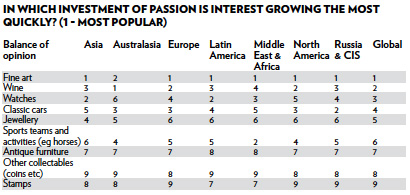
Knight Franck report
Clearly, the African art is considered as attractive by the biggest museums and the most prestigious exhibitions.
For around twenty years a host of contemporary art artists have been revealed at the time of big events and have acquired an international stature such as: William Kentridge, Kendell Geers and Marlene Dumas (South Africa), Romuald Hazoumé, Georges Adeagbo and Meschac Gaba (Benin), Barthélémy Toguo, Joseph-Francis Sumégné and Pascale Marthine Tayou (Cameroon), Bodys Isek Kingelez and Chéri Samba (Congo), Frédéric Bruly-Bouabré (Ivory Coast), Malick Sidibé, Seydou Keïta, Abdoulaye Konaté (Mali), Samuel Fosso (Nigeria), Ousmane Sow and Soly Cissé (Senegal).
From Africa to Venice: a high number of rewards
In 2013, Angola was the first African country to win the prestigious Golden Lion for the best national pavilion at the Venice Biennale.
El Anatsui, a Ghanaian sculptor also known as the “most expensive African artist in the world”, thanks to a record sale of a major piece “Paths to the Okro Farm”sold for 1.2 million US dollars by Sotheby’s New York in 2014.
Furthermore, last May, he won the prestigious Golden Lion at the Venice Biennale of contemporary art for his entire career. He is the second African artist, after the photographer Malick Sidibé in 2007, being rewarded with this eulogistic prize.
Then, it is impossible to miss out on the success story of Okwui Enwezor, an American-Nigerian, who has been reigning for over 20 years over the biggest
contemporary art events. Since 2011, he is the director of one of the most renowned European museums: Haus der Kunst in Munich. This passionate art lover, equally founding editor and publisher of the contemporary art journal: NKA: Journal of Contemporary African Art was promoted as artistic director of the 2015 Venice Biennale of contemporary art.
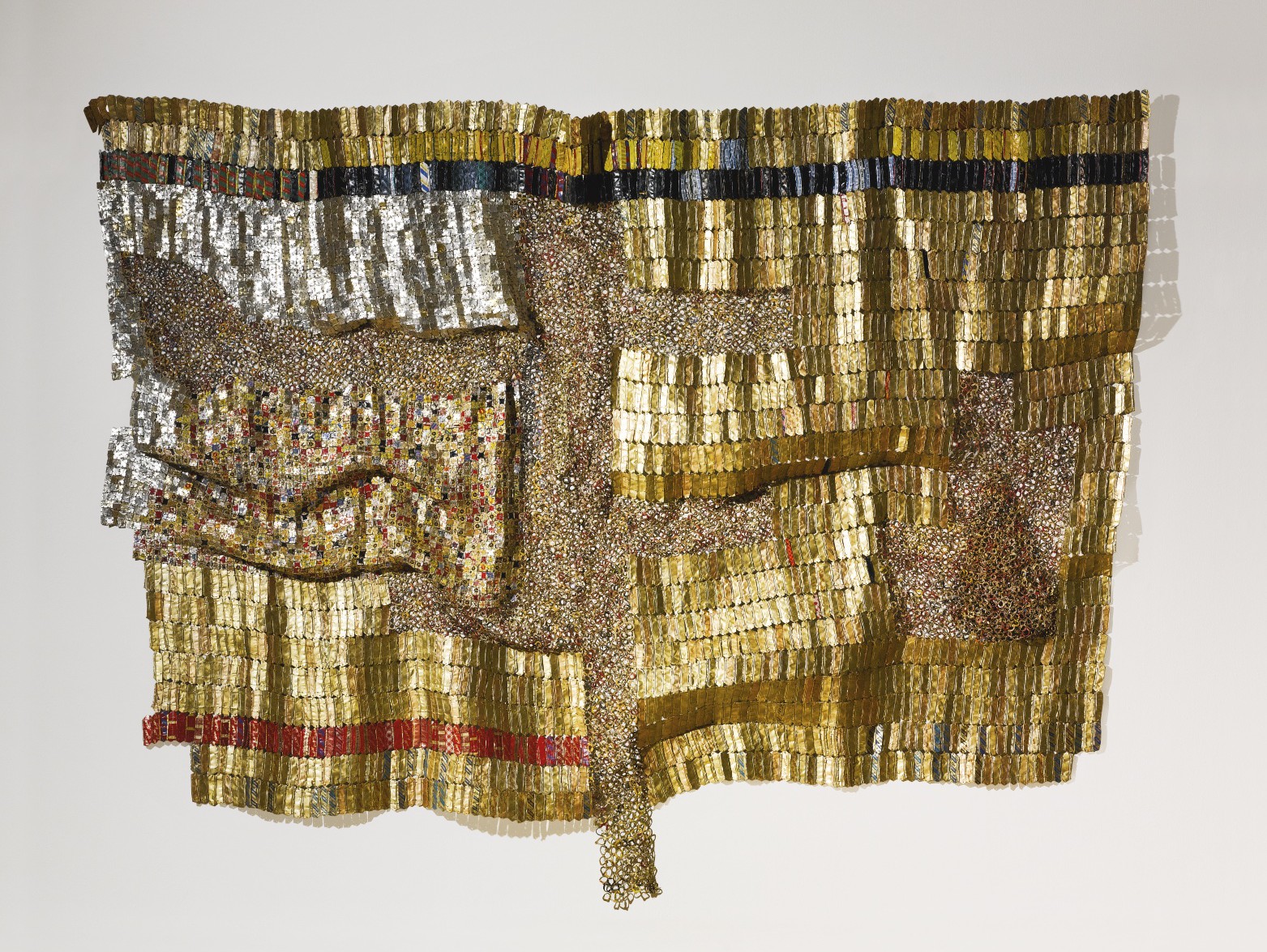
Paths to the Okro Farm: Sotheby’s
The international investors support the contemporary African art
The new generation is henceforth supported by international investors: London’s Saatchi Gallery with the exhibition Pangaea: New Art from Africa and Latin America in 2014, and the Tate Modern, which has pursued a series of exhibitions and acquisitions of African artists’ works, in partnership with the Guaranty Trust Bank since 2012. Even more, the Cartier Foundation with the exhibition “Beauté Congo” displayed until the January 10, 2016.
Nonetheless, we should proceed with caution as it concerns a rapidly growing background that is often associated with an important flow of major monetary transactions. The appearance on the market of speculation and manipulation represents the main concern of certain experts interviewed by Deloitte, market research firm.
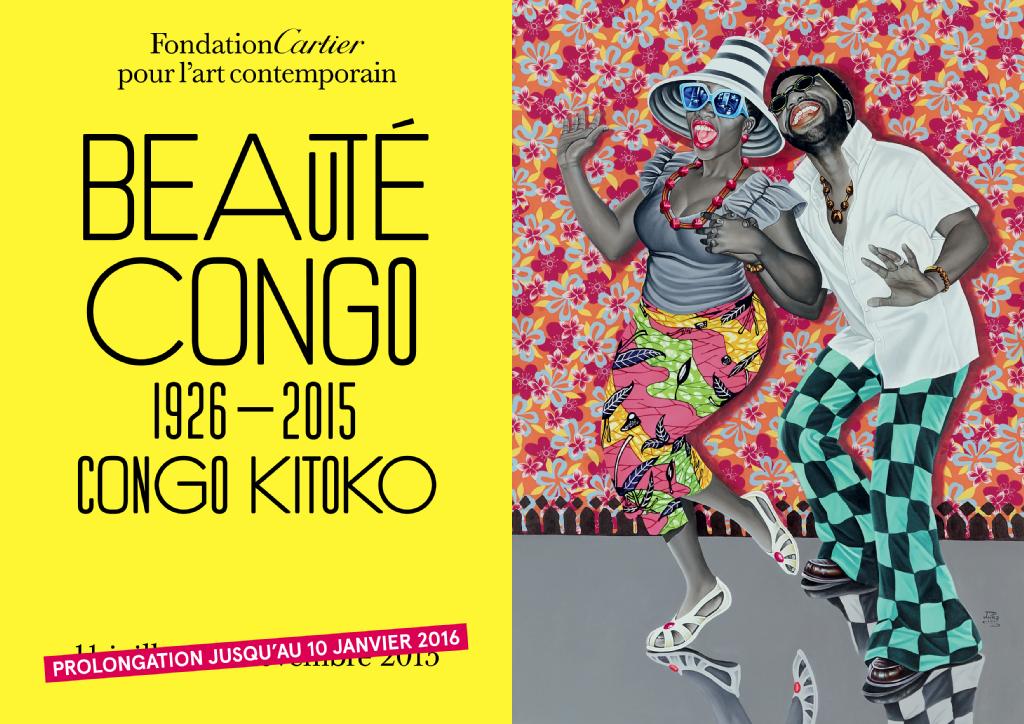
London, the European capital of the art market
That being said, in New York or London, the European capital of the art market, the galleries and exhibitions dedicated to emerging contemporary art, overflowing with magnificent pieces, continue to flourish and people are asking for more!
Right in the heart of the Holland Park neighbourhood, the Lacey Contemporary Gallery regularly presents exhibitions of emerging art .
In association with the London firm Aabru Art focused on sourcing, marketing, distributing and selling contemporary African art to international buyers.
Last spring for the third consecutive year, the London Gallery opened its doors to Aabru Art for a new exhibition “Transcending Boundaries”.
A beautiful opportunity for Magnates Place to discover new artists.
This beautiful artistic showcase illustrates all the charm of the contemporary African art with sculptures, drawings and paintings.
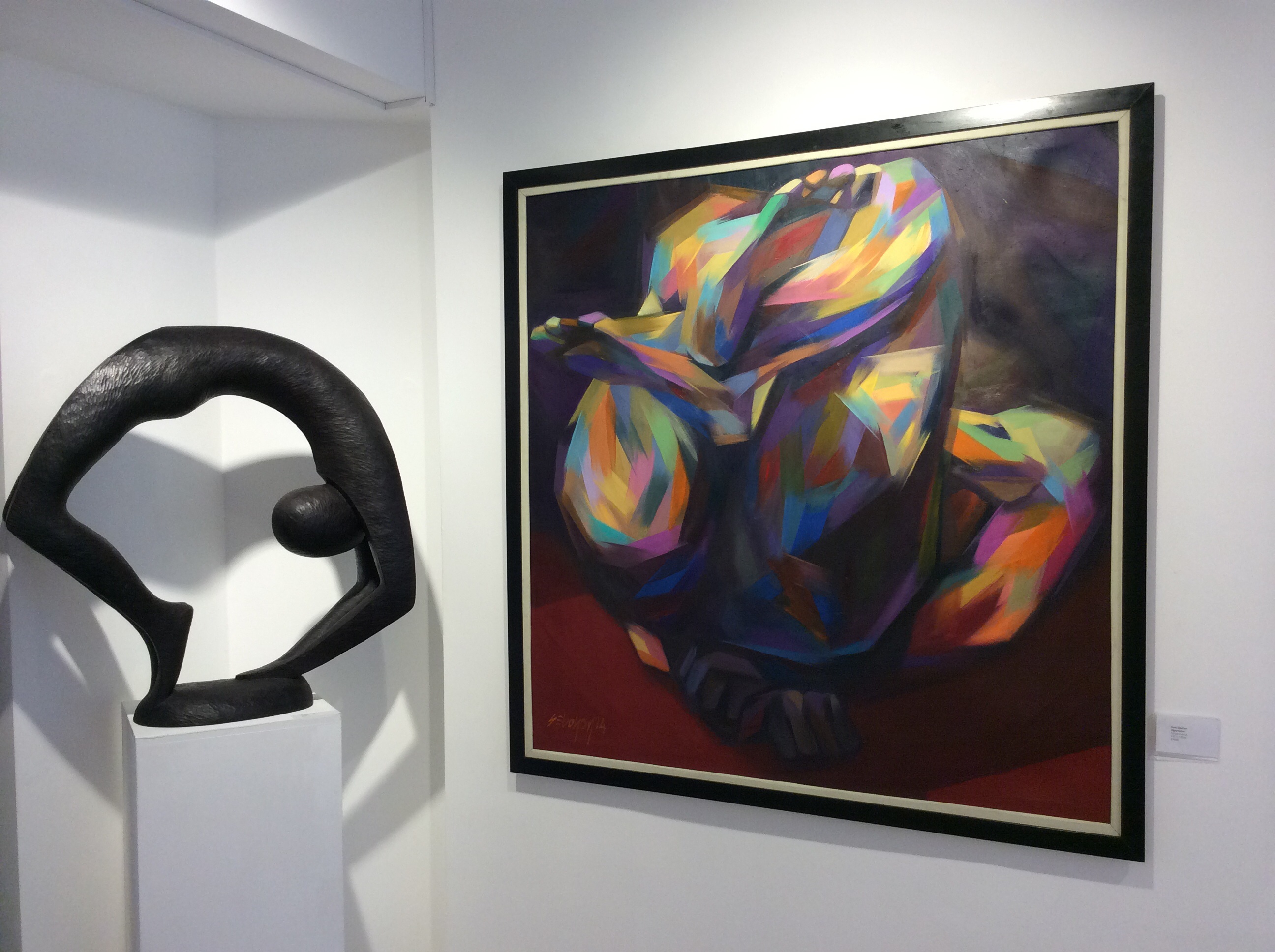
The artists who are to a large extent native to Nigeria, brilliantly succeed in transporting us in their range of emotions.
The stories narrated on the canvas are particularly consistent with the intoxicating amalgamation of colours that hints at the fineness, at the precision of the brushstroke handled with grandeur.
Visits and private sales by appointment.
Lacey Contemporary Gallery
8 Clarendon Cross
London W11 4AP
+44 (0) 207 313 9068
www.laceycontemporarygallery.co.uk
